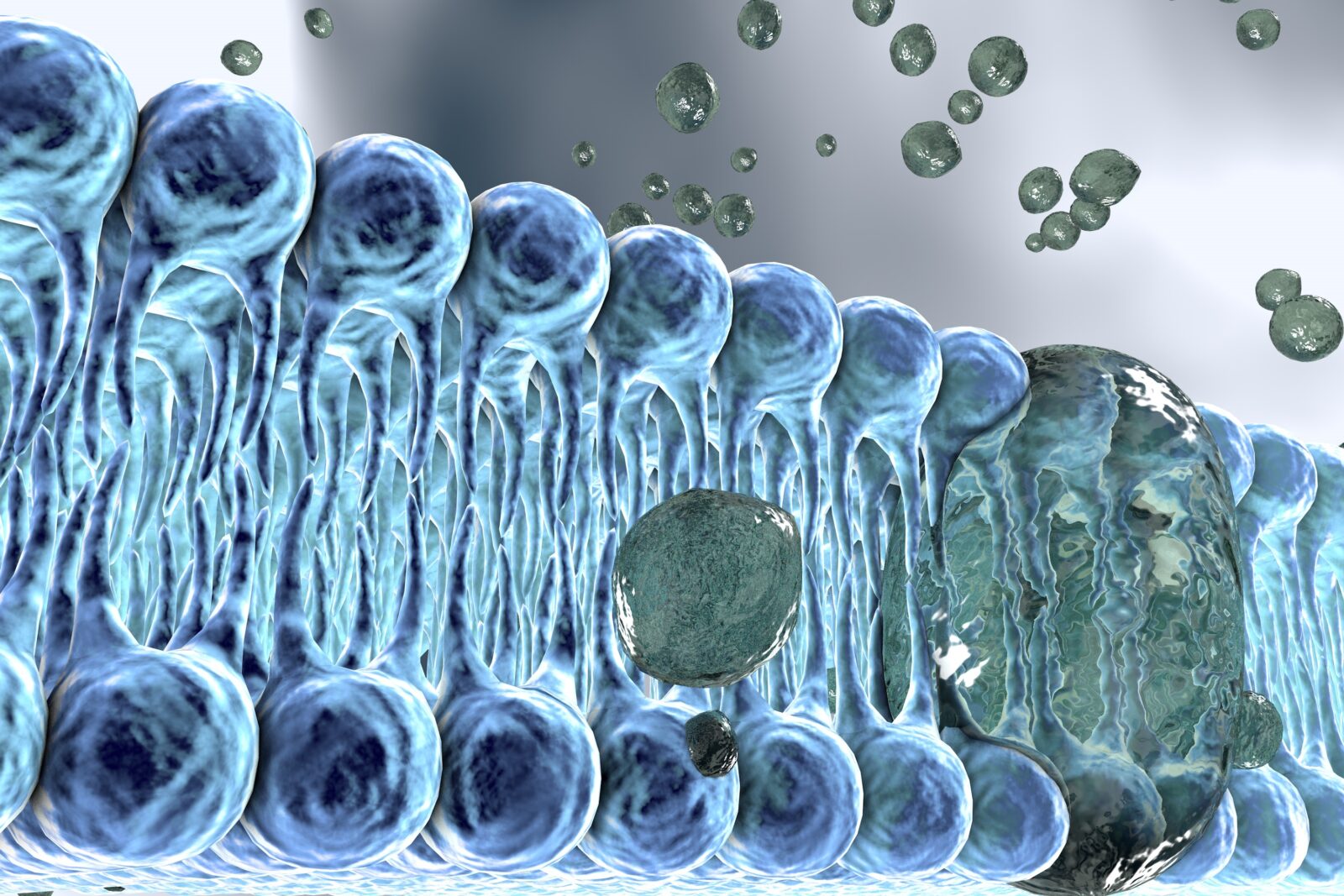


Is Adaptation Actually a Fight to Stay the Same?

Dr. Michael Denton on Predetermined Body Plans and Primal Patterns in Nature
On this episode of ID The Future, medical geneticist Dr. Michael Denton discusses the implications of insect body plans as predetermined types rather than collections of adaptations. Denton questions the ability of a Darwinian process to account for the patterns found in living systems. Denton suggests that, while there are countless variations or “adaptive masks” present in organisms, they all extend from original “primal patterns.” Tune in to hear this fascinating discussion! Dr. Denton is the author of Evolution: A Theory in Crisis and Nature’s Destiny: How the Laws of Biology Reveal Purpose in the Universe.